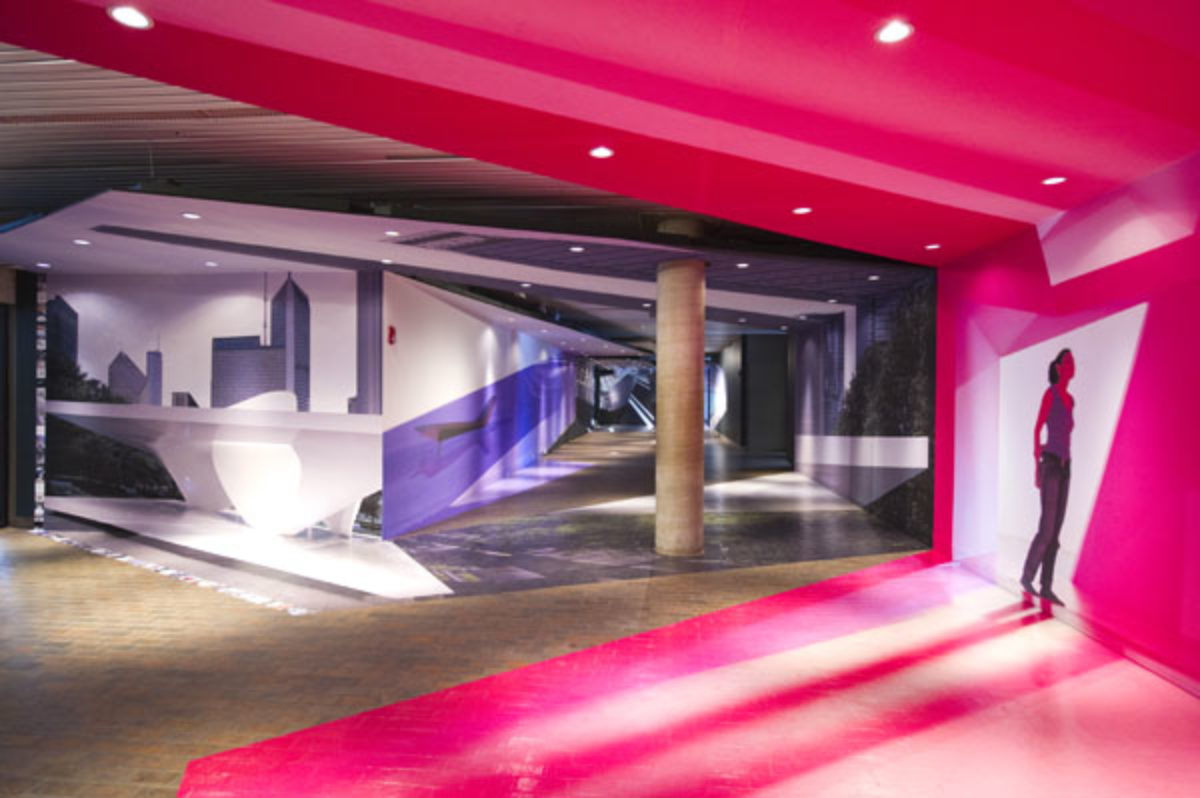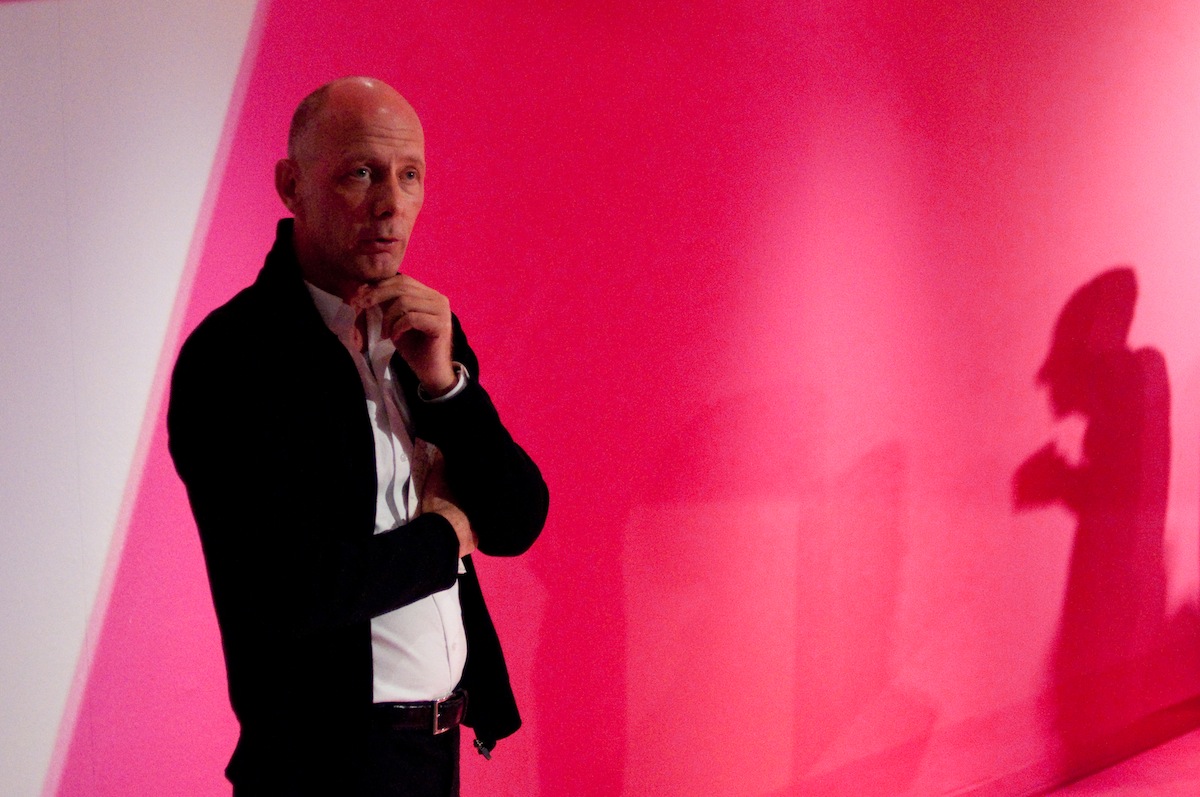Motion Matters: UNStudio

What the private house was to architecture in the first half of the twentieth century, the temporary installation is today. Transient constructions, such as pavilions and exhibition designs, arguably represent the premier site for innovation and experimentation in our time.
To UNStudio, these specific temporal typologies are like design models brought to life. They share the characteristics of the visionary, the unknown, and the unexpected with the prototypical disembodied design model, but elaborate a physical materiality. Short-lived forms of architecture provide an excellent opportunity to demonstrate how the design process operates. There is a strong relationship between design and building research carried out in a pavilion and subsequent generations of projects. The pavilion as a prototype is situated somewhere between technological research and artistic production.
The pavilion can also be seen as a next step in the evolution from the diagram to the design model and now to this form of architectural expression. That means that to us the pavilion is intrinsically experimental. It provides an opportunity to “switch off” the utilitarian mindset, and “switch on” the imagination.
A theme that has been explored time and again is that of Mobility in Matter. In various installations the effects of perspective, light, color, space, and material on viewer perception are tested. Within those transitional spaces, optical illusions such as moiré and trompe l’oeil effects are brought to contemporary public places with the aim of engaging the visitor and generating an experience that stands out within a mundane place.
These temporary installations are so significant to architecture because they show up in sites that manifest the most salient questions of our time. The private house in the early twentieth century addressed fundamental changes in the social unit of the family; today’s issues, reflected in our new laboratories, pertain to how we live with new media, in the urbanized world, at greater speed, with our leisure time, and with a new sense of both individuality and collectivity.
UNStudio has been experimenting with the typology of the temporary installation for some time, resulting in a series. The serialization itself is an important aspect of this type of work, as this exhibition shows.
Six of UNStudio’s temporary installations are presented to illustrate the architectural and urban issues that are being tested in real matter. Each pavilion is used to highlight one particular topic; the six topics, interrelated yet specific are: Transitional Typology, Urban Lobbies, Crossing Points, Kinetic Platforms, After Image, Switching On/Off.
—Ben van Berkel, Curator
